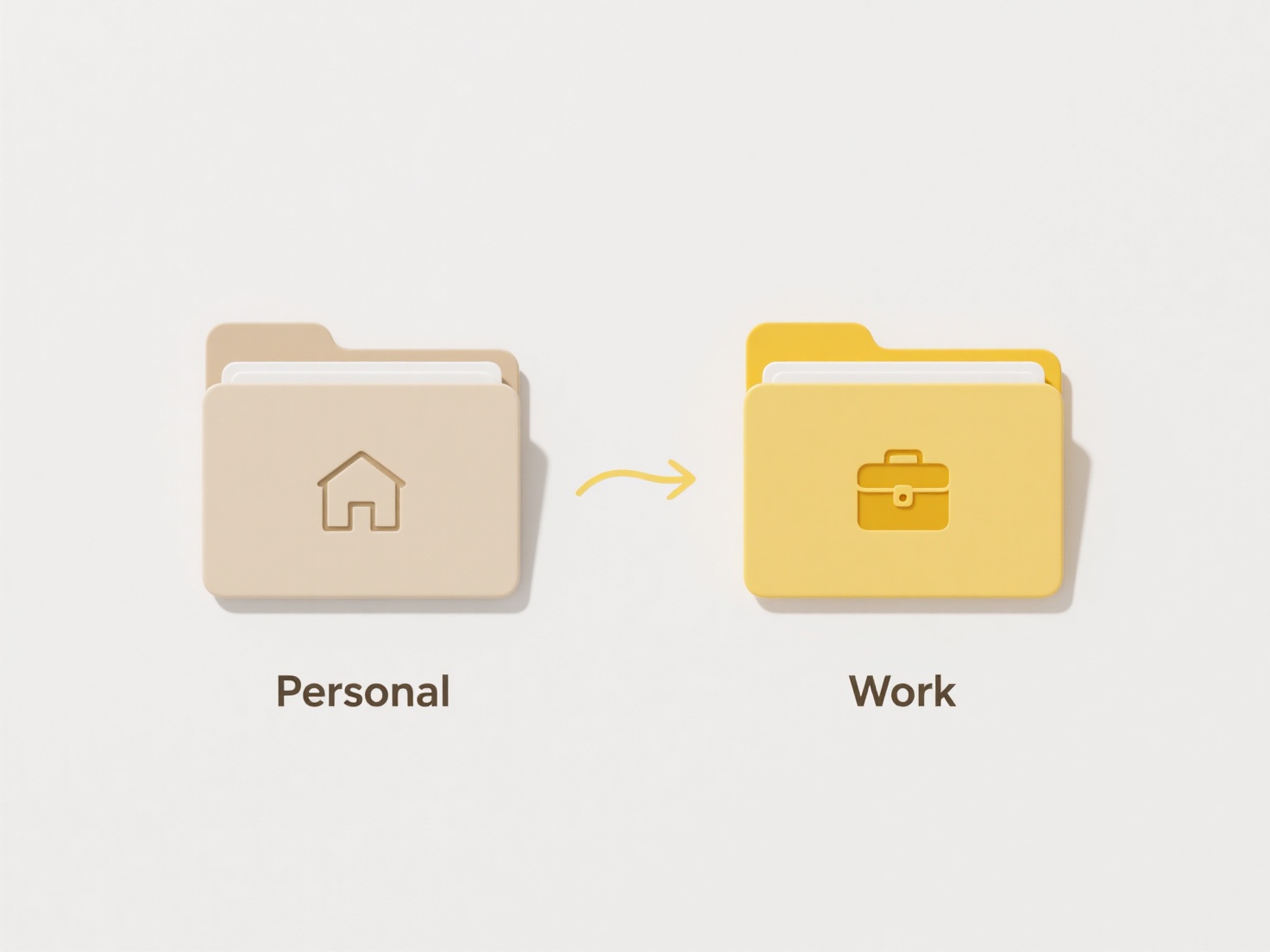
Optical Character Recognition (OCR) technology attempts to convert scanned handwriting into digital text, potentially enabling auto-renaming. It works by analyzing the shapes of handwritten characters in the scanned image and mapping them to known characters. However, accurately recognizing free-form handwriting is significantly harder for software than reading typed or printed text due to immense variations in individual handwriting style, letter formation, spacing, and clarity.
In practice, some scanning and note-taking apps offer basic renaming using detected text. For example, Adobe Scan (mobile/desktop) or Evernote might analyze the scan and suggest a filename based on words identified near the top of the first page. Similarly, dedicated digital note-taking platforms like GoodNotes or Notability often automatically apply a timestamp as the file name upon importing a handwritten scan into their ecosystem.

While convenient when it works well, the main limitation is often poor accuracy – misread words can lead to confusing or nonsensical filenames. Its reliability depends heavily on handwriting neatness and software capability. For now, manually reviewing or setting custom names remains the most dependable approach. Future advancements in machine learning for handwriting recognition may improve auto-renaming accuracy, but overcoming the inherent variability of handwriting remains a significant challenge.
Can I auto-rename handwritten notes after scanning?
Optical Character Recognition (OCR) technology attempts to convert scanned handwriting into digital text, potentially enabling auto-renaming. It works by analyzing the shapes of handwritten characters in the scanned image and mapping them to known characters. However, accurately recognizing free-form handwriting is significantly harder for software than reading typed or printed text due to immense variations in individual handwriting style, letter formation, spacing, and clarity.
In practice, some scanning and note-taking apps offer basic renaming using detected text. For example, Adobe Scan (mobile/desktop) or Evernote might analyze the scan and suggest a filename based on words identified near the top of the first page. Similarly, dedicated digital note-taking platforms like GoodNotes or Notability often automatically apply a timestamp as the file name upon importing a handwritten scan into their ecosystem.

While convenient when it works well, the main limitation is often poor accuracy – misread words can lead to confusing or nonsensical filenames. Its reliability depends heavily on handwriting neatness and software capability. For now, manually reviewing or setting custom names remains the most dependable approach. Future advancements in machine learning for handwriting recognition may improve auto-renaming accuracy, but overcoming the inherent variability of handwriting remains a significant challenge.
Quick Article Links
Can I group folders with shortcuts or aliases?
Shortcuts (Windows) and aliases (macOS) are file system references pointing to original folders located elsewhere. They ...
Can I see edit history on local files like I can in Google Docs?
Local file edit history differs significantly from cloud-based tools like Google Docs. Unlike Docs, which automatically ...
Can I set up auto-incremented file names?
Auto-incremented file names are a naming convention where files receive a unique numerical identifier that increases seq...